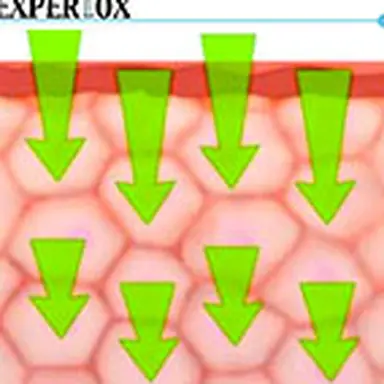
Chemicals that may potentially come into contact with the skin must be evaluated to determine their ability to cross the skin barrier. The problem is that dermal absorption levels for the same chemical can vary from one product to the next. As a result, the methods used to determine the level must be as precise as possible. This is an overview of the most commonly used methods for the safety assessment of cosmetic products, with Céline Andrey and Stephane Pirnay of Expertox, a laboratory and toxicology firm.
Theoretical protocols
Using the in-silico method
The in-silico method is computer-generated. It mimics natural mechanisms by reducing them to information processing processes. This model combines pre-existing results and is based on the principle that molecules of similar structure must have similar effects. It is therefore possible to predict a substance’s dermal absorption based on studies that have already been carried out on other substances with similar structures or identical groupings.
The main advantage to this method is that it saves time as compared with practical protocols since, once it has been set up, it can be used to obtain results quickly. It also makes it possible to reduce the number of animals used in testing and is highly adaptable for all chemicals industries [1].
Using maths
It is also possible to determine dermal absorption using mathematical calculations. The correlation is not as high as with other protocols, but experimentation can be bypassed. The most frequently used model is the Potts and Guy [2] model:
![]()
K
o/w
is the octanol/water partition coefficient of the relevant substance.
MM is the substance’s molar mass.
The log Kp obtained is then used to calculate the daily dose absorbed, which factors in:
• the Kp …


